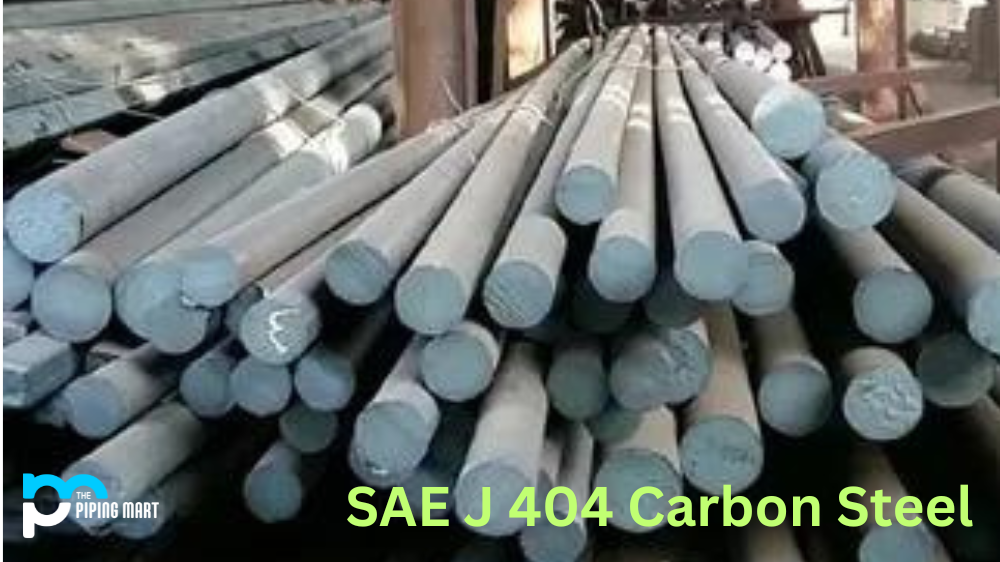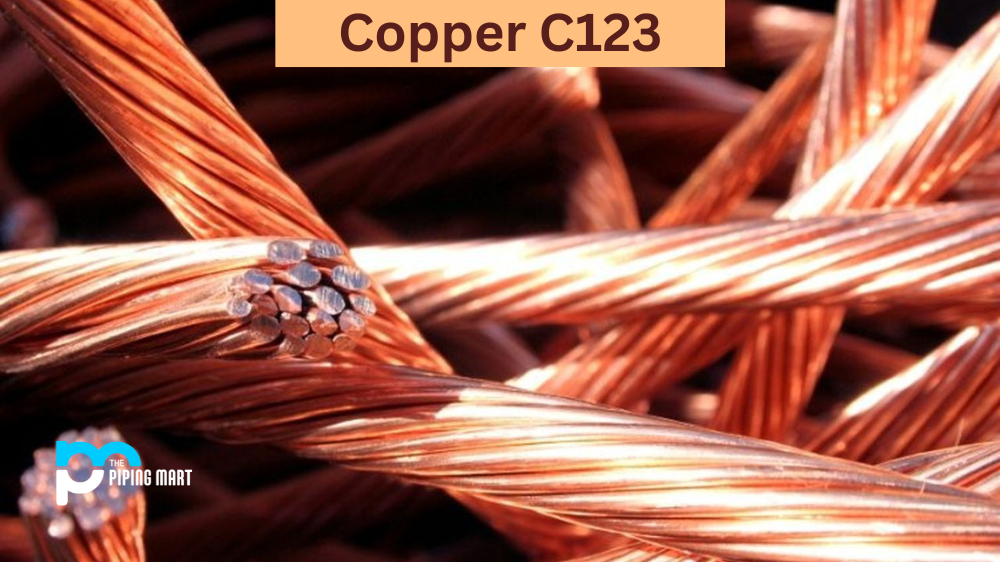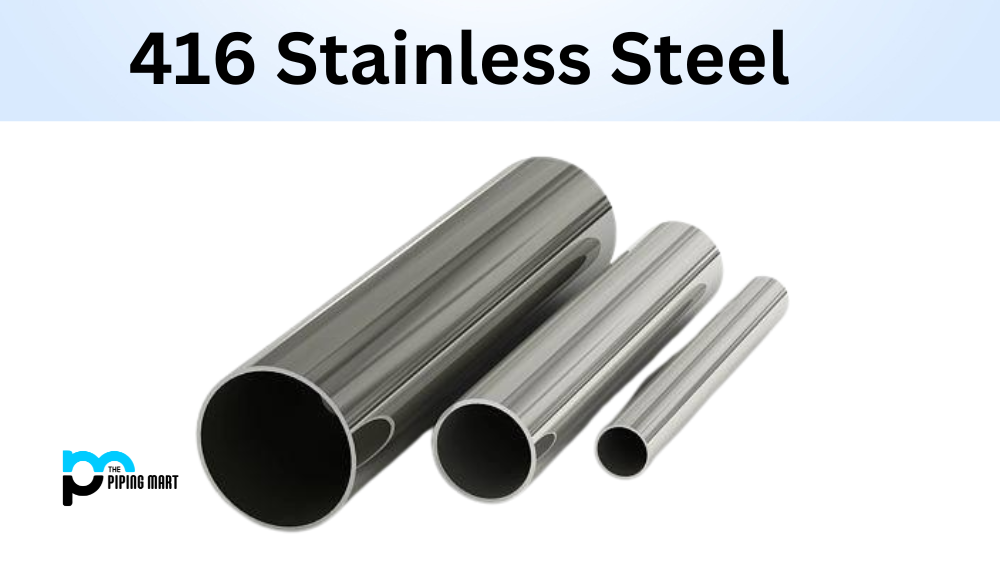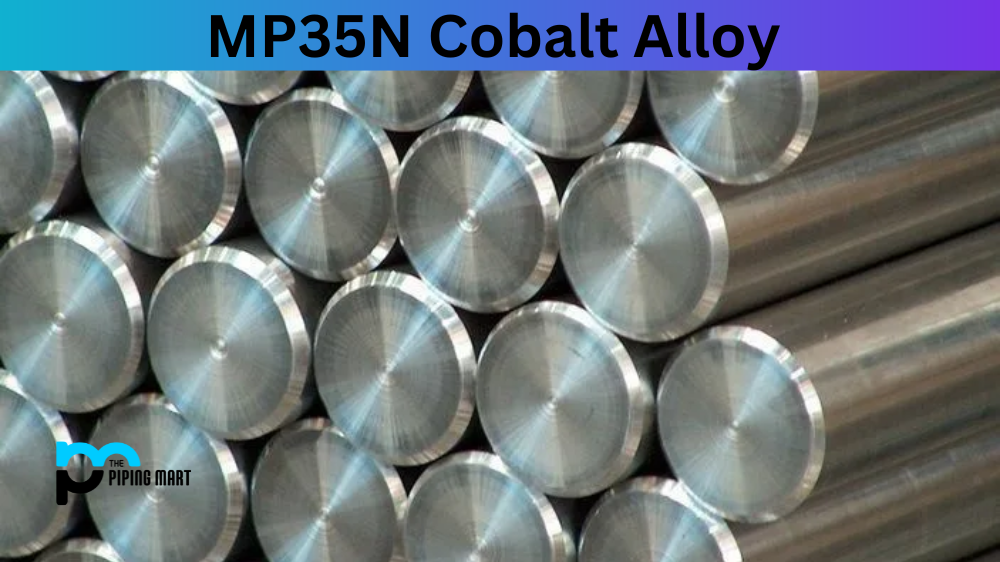Carbon steel fittings are versatile and durable components used extensively in industrial and construction applications. Among the various types of carbon steel materials, SAE J 404 carbon steel is widely used due to its excellent mechanical properties and corrosion resistance. In this blog post, we will explore the critical aspects of SAE J 404 carbon steel and its fittings that make it a popular choice for various applications.
What is SAE J404 Carbon Steel?
SAE J404 is a standard that specifies the chemical composition of wrought carbon steel alloys, including SAE J 404 carbon steel. This type of carbon steel contains mainly iron, carbon, and other alloying elements, such as manganese and silicon, that enhance strength, hardness and wear resistance. The carbon content in SAE J 404 carbon steel can range from 0.12% to 1.65%, determining its hardness, ductility, and machinability.
SAE J404 Composition
SAE J 404 carbon steel fittings are connectors that combine two or more pipes or tubes to form a reliable and leak-free system. These fittings are made from SAE J 404 carbon steel that contains varying amounts of carbon, manganese, phosphorus, and sulfur, to name a few. The composition of carbon steel fittings must meet the strict requirements specified in the SAE J 404 standard to ensure quality and consistency.
SAE J404 Mechanical Properties
The mechanical properties of SAE J 404 carbon steel fittings are critical in determining their performance and suitability for specific applications. These fittings offer excellent strength, toughness, and resistance to wear, corrosion, and high temperatures, making them ideal for harsh environments. In addition, SAE J 404 carbon steel fittings have good ductility, which means they can withstand bending, twisting, and other forms of deformation without cracking or breaking.
SAE J404 Physical Properties
Along with the mechanical properties, the physical properties of SAE J 404 carbon steel fittings play a crucial role in their selection and application. These properties include density, thermal conductivity, and electrical conductivity. The thickness of SAE J 404 carbon steel fittings ranges from 7,860 to 7,920 kg/m3, depending on the alloy composition. The thermal conductivity of carbon steel is relatively low, which makes it a good heat insulator. The electrical conductivity of carbon steel is also expected, making it suitable for use in electrical grounding and shielding applications.
SAE J404 Uses
SAE J 404 carbon steel fittings are used in various industries and applications, including oil and gas, chemical processing, power generation, and construction. These fittings are available in different shapes, sizes, and types, such as elbows, tees, reducers, couplings, and flanges, to meet the diverse needs of other applications. Some common uses of SAE J 404 carbon steel fittings include piping systems, pressure vessels, and heat exchangers.
SAE J404 Corrosion Resistance
Corrosion is one of the most significant challenges carbon steel fittings face, as it can lead to leaks, ruptures, and equipment failure. SAE J 404 carbon steel fittings offer excellent corrosion resistance, making them suitable for harsh and corrosive environments. The corrosion resistance of SAE J 404 carbon steel fittings can be enhanced by applying coating or plating, such as galvanizing, epoxy paint, or powder coating, to provide an additional layer of protection against corrosion.
SAE J404 Heat Treatment
Heat treatment is a process of heating and cooling carbon steel to alter its mechanical and physical properties. SAE J 404 carbon steel fittings are often heat-treated to achieve specific properties, such as hardness, toughness, and ductility. Depending on the alloy composition and application requirements, SAE J 404 carbon steel fittings can undergo different types of heat treatment, such as annealing, normalizing, quenching, and tempering.
SAE J404 Machining
Machining is shaping and forming metal components into a desired shape or size. SAE J 404 carbon steel fittings can be machined using various techniques, such as drilling, turning, milling, and grinding, to create complex shapes and smooth surfaces. The machinability of SAE J 404 carbon steel fittings varies based on the alloy composition, hardness, and cutting parameters, such as speed, feed, and depth of cut.
SAE J404 Welding
Welding is a process of fusing two or more metal components. SAE J 404 carbon steel fittings can be welded using various welding techniques, such as gas tungsten arc welding (GTAW), gas metal arc welding (GMAW), and shielded metal arc welding (SMAW), to create strong and durable joints. The welding properties of SAE J 404 carbon steel fittings depend on the alloy composition, thickness, and welding parameters, such as welding heat input, welding speed, and electrode type.
Conclusion
In conclusion, thanks to their excellent mechanical properties, corrosion resistance, and versatility, SAE J 404 carbon steel fittings are essential in various industries and applications. These fittings are made from high-quality carbon steel alloys that meet the strict requirements of the SAE J 404 standard. Whether you are building piping systems, pressure vessels, or heat exchangers, SAE J 404 carbon steel fittings offer a reliable and durable solution that can withstand harsh and corrosive environments. With their various uses, excellent properties and versatility, carbon steel fittings made from SAE J 404 carbon steel are an ideal material choice for your next project.

Abhishek is a seasoned blogger and industry expert, sharing his insights and knowledge on various topics. With his research, Abhishek offers valuable insights and tips for professionals and enthusiasts. Follow him for expert advice on the latest trends and developments in the metal industry.




